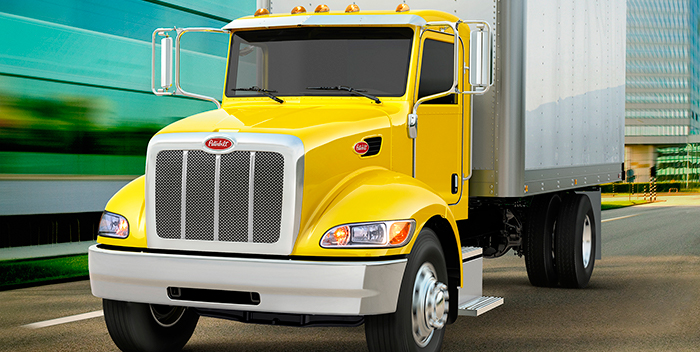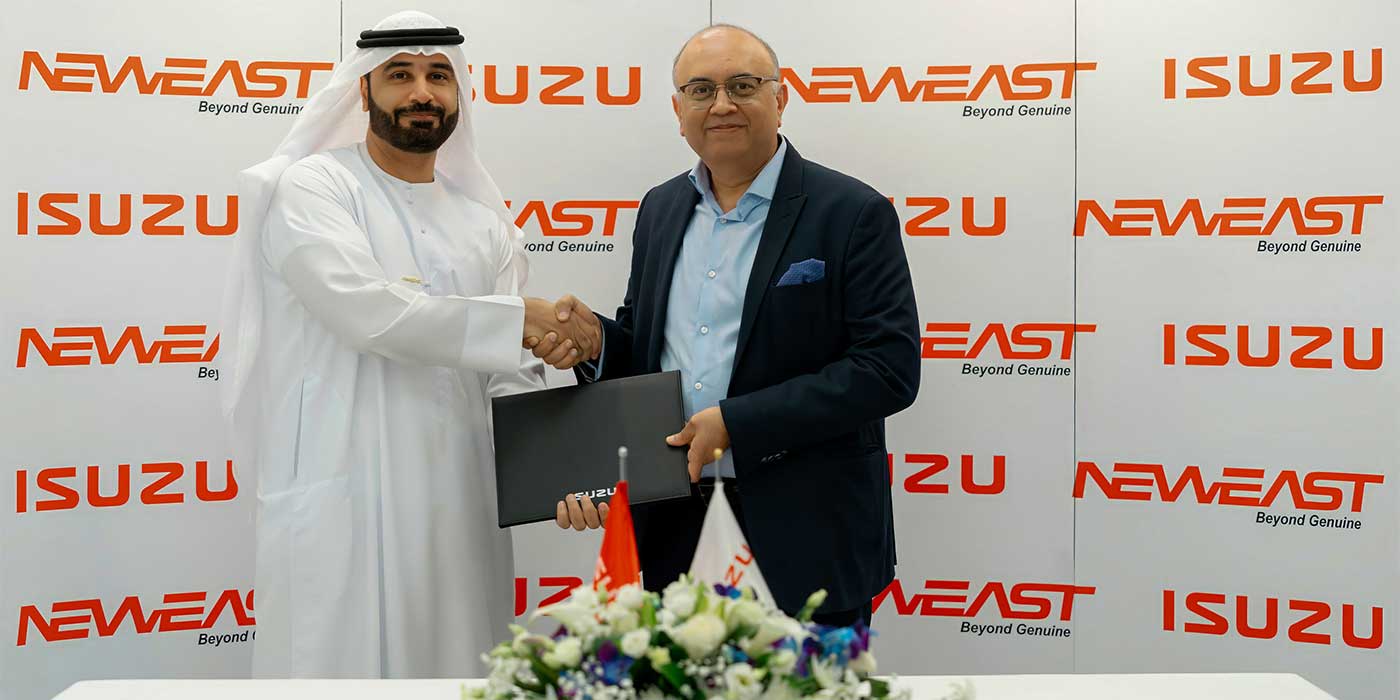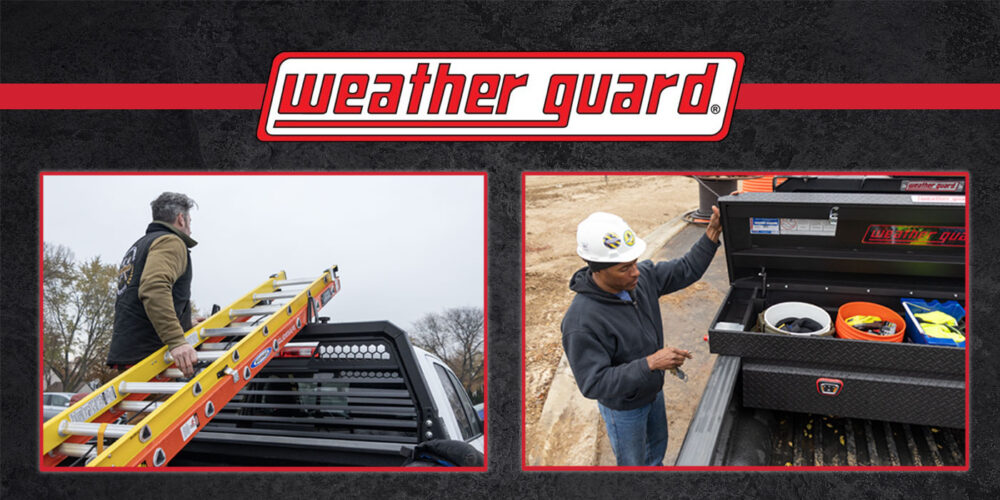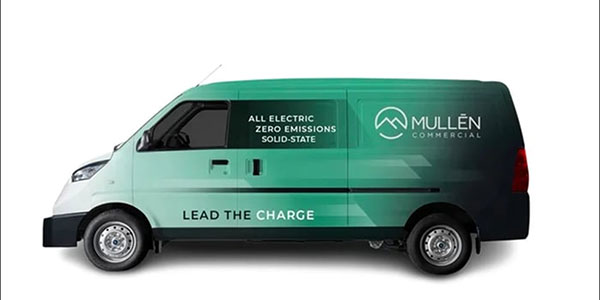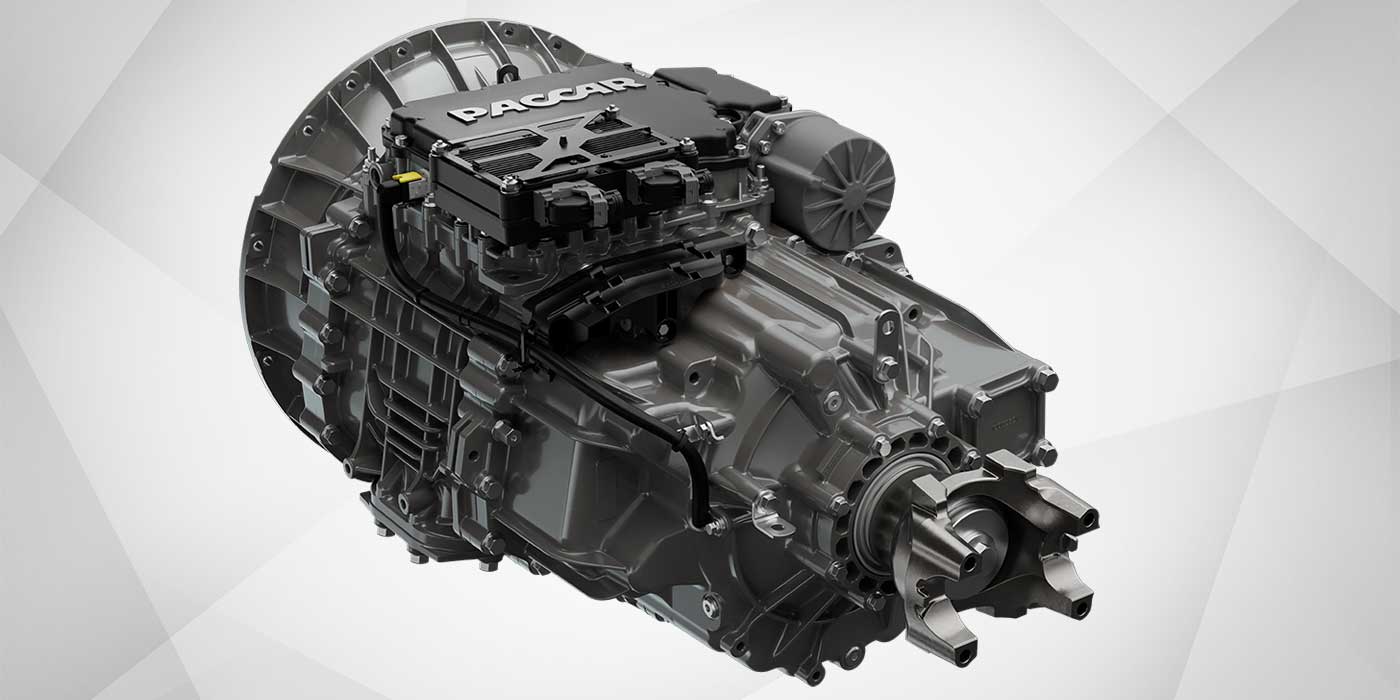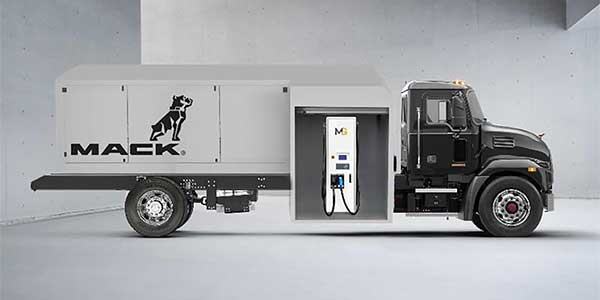As light- and medium-duty work trucks become more complex, well-written specifications are increasingly important for avoiding costly mistakes. That is the key message in an article by Christopher Lyon, director of fleet relations at NTEA, as part of the organization’s efforts to provide resources for improving operational efficiency and fleet performance.
Efficient vocational vehicle specifications can lower a fleet’s overall acquisition and life cycle costs, Lyon notes. “They help eliminate guesswork, enabling companies to provide customers with the envisioned end product,” he writes. “Poorly written specifications often result in time-consuming, expensive rework.
“Effective communication is critical to ensuring well-written specifications and providing the best value for capital spent,” Lyon continues. “Understanding the key difference between several types of specs can be critical when it comes to final product and price.”
Included on Lyon’s list are generic specifications that allow multiple vendors and suppliers to comply without making unreasonable changes to their standard products. There are also proprietary specifications, which incorporate features unique to a certain make or model and are written around a specific unit.
Advantages of proprietary specs include obtaining a product only available from a sole source, or from multiple vendors if standardization is the goal. In these cases, Lyon relates, it’s important to use valid selection criteria, because proprietary specs are not effective for incorporating unique features of a specific make or model to give an advantage to potential vendors.
Lyon also lists predatory specifications, which are written to disqualify a vendor or to force suppliers to make exceptions to specifications. He adds that this is not considered an effective practice and should be avoided.
Lyon goes on to discuss four common types of specifications. Included are engineered specs that require a high level of engineering expertise. In most cases these are used for extremely specialized, customized offerings, and often result in an expensive product with long production times.
Additionally, there are functional specifications that describe intended equipment use but provide minimal guidance for actual design. “While easy to write, these specs rely on vendors to interpret requirements and final product applications,” Lyon notes. “This leaves fleets with little control over design and makes it difficult to standardize components.
“Performance specifications are similar to functional specs but incorporate specific requirements for the completed unit,” Lyon adds. “These specs provide vendors with significant flexibility; however, there is less control over final design and standardization.”
Finally, Lyon points out that hybrid or composite specs can be used to combine the best features of engineered, functional and performance specifications, can fully define all requirements and can incorporate standard components without being too restrictive to manufacturers.
“Several steps are necessary for writing effective specifications, starting with defining the application,” Lyon writes. “Look at your operating environment and drive and duty cycles, and identify valid functional requirements, such as payload and dimensional considerations. Define performance conditions like road speed and gradability, and outline design constraints such as operating environments, vehicle weight and dimensions, and other regulatory barriers.”
It is also critical to design bodies and auxiliary equipment before the chassis. Lyon adds: “Avoid the pitfall of buying a chassis and making it work. Once all those details are finalized, then design the chassis and write the specification.”
Lyon also says to avoid relying on the past. “Some fleet managers stick with what worked previously and won’t go beyond manufacturer changes from model year to model year,” he says. “That can become a slippery slope and result in outdated equipment and inefficient operations.
“Change can bring opportunities to increase efficiency, so it’s important to overcome the mindset of replacing equipment with comparable items,” Lyon continues. “Consider your current equipment functionality. Is the equipment that’s being replaced the most efficient for the task? Have job requirements shifted over time?”
Fleet managers are often expected to be subject matter experts in various areas, so taking advantage of available resources will help optimize equipment and chassis designs, Lyon points out. For example, truck equipment manufacturers, distributors, upfitters and OEM representatives can be excellent sources when designing and spec’ing vocational trucks. NTEA, he adds, also offers various types of resources to help fleet managers optimize their vehicle and equipment specifications.

